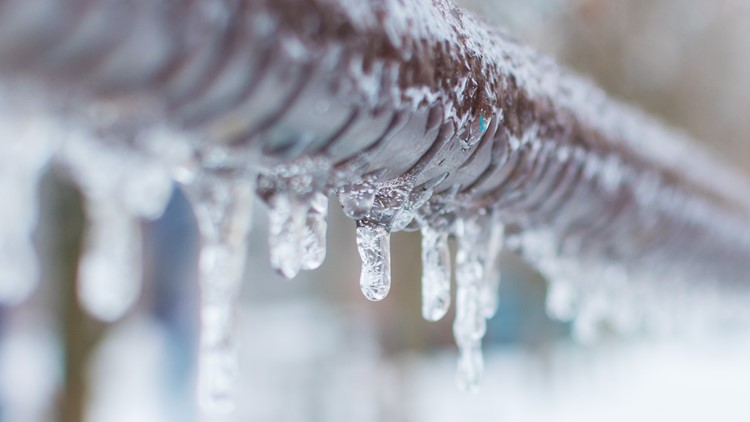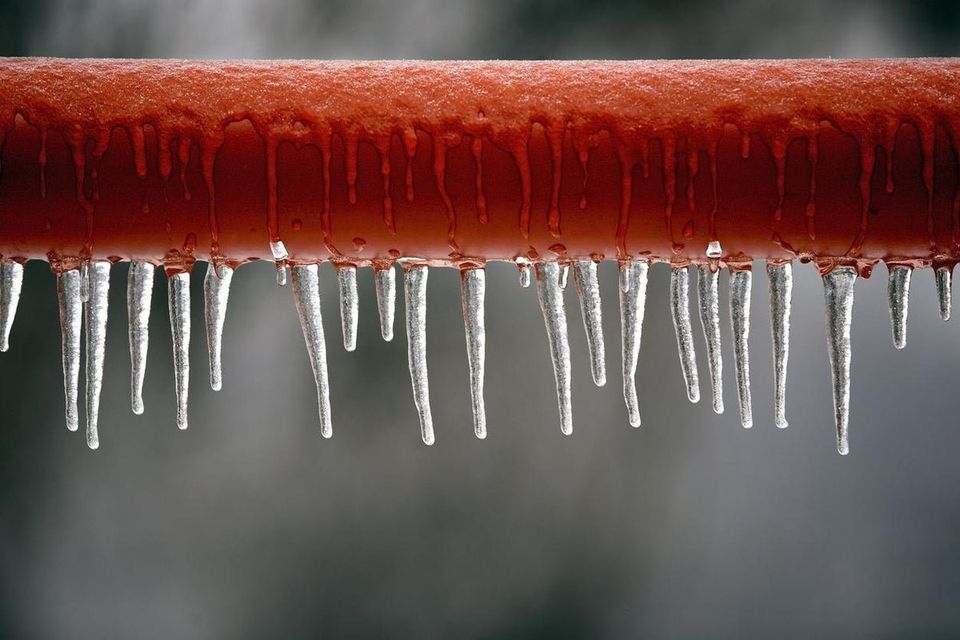Key Methods for Preventing Frozen Plumbing in Cold Weather
Key Methods for Preventing Frozen Plumbing in Cold Weather
Blog Article
What are your beliefs on How to Prevent Your Pipes From Freezing?

Winter can damage your pipes, especially by freezing pipelines. Below's how to prevent it from happening and what to do if it does.
Introduction
As temperatures decline, the threat of frozen pipes boosts, possibly bring about pricey repairs and water damage. Recognizing how to avoid frozen pipes is critical for homeowners in cold climates.
Avoidance Tips
Protecting susceptible pipelines
Wrap pipelines in insulation sleeves or use warmth tape to safeguard them from freezing temperature levels. Focus on pipelines in unheated or exterior areas of the home.
Home heating techniques
Keep indoor spaces effectively heated, particularly locations with pipes. Open cabinet doors to enable cozy air to flow around pipelines under sinks.
How to identify frozen pipes
Try to find reduced water circulation from taps, uncommon odors or noises from pipes, and noticeable frost on exposed pipelines.
Long-Term Solutions
Structural adjustments
Consider rerouting pipelines away from outside walls or unheated areas. Add extra insulation to attics, basements, and crawl spaces.
Upgrading insulation
Buy premium insulation for pipelines, attic rooms, and wall surfaces. Proper insulation helps keep consistent temperatures and decreases the threat of icy pipes.
Shielding Outdoor Plumbing
Garden hoses and exterior taps
Disconnect and drain pipes garden pipes prior to wintertime. Mount frost-proof spigots or cover outside taps with insulated caps.
Comprehending Icy Pipes
What causes pipelines to ice up?
Pipes freeze when subjected to temperature levels listed below 32 ° F (0 ° C) for extended periods. As water inside the pipelines freezes, it broadens, putting pressure on the pipeline wall surfaces and possibly causing them to burst.
Risks and problems
Icy pipelines can result in water system disturbances, building damages, and expensive repairs. Burst pipelines can flooding homes and trigger extensive structural damage.
Indicators of Frozen Piping
Determining frozen pipelines early can avoid them from bursting.
What to Do If Your Pipelines Freeze
Immediate actions to take
If you think icy pipes, keep taps open up to relieve stress as the ice thaws. Utilize a hairdryer or towels taken in hot water to thaw pipes slowly.
Verdict
Stopping frozen pipelines requires aggressive procedures and quick actions. By comprehending the causes, indications, and preventive measures, home owners can safeguard their pipes during cold weather.
5 Ways to Prevent Frozen Pipes
Drain Outdoor Faucets and Disconnect Hoses
First, close the shut-off valve that controls the flow of water in the pipe to your outdoor faucet. Then, head outside to disconnect and drain your hose and open the outdoor faucet to allow the water to completely drain out of the line. Turn off the faucet when done. Finally, head back to the shut-off valve and drain the remaining water inside the pipe into a bucket or container. Additionally, if you have a home irrigation system, you should consider hiring an expert to clear the system of water each year.
Insulate Pipes
One of the best and most cost-effective methods for preventing frozen water pipes is to wrap your pipes with insulation. This is especially important for areas in your home that aren’t exposed to heat, such as an attic. We suggest using foam sleeves, which can typically be found at your local hardware store.
Keep Heat Running at 65
Your pipes are located inside your walls, and the temperature there is much colder than the rest of the house. To prevent your pipes from freezing, The Insurance Information Institute suggests that you keep your home heated to at least 65 degrees, even when traveling. You may want to invest in smart devices that can keep an eye on the temperature in your home while you’re away.
Leave Water Dripping
Moving water — even a small trickle — can prevent ice from forming inside your pipes. When freezing temps are imminent, start a drip of water from all faucets that serve exposed pipes. Leaving a few faucets running will also help relieve pressure inside the pipes and help prevent a rupture if the water inside freezes.
Open Cupboard Doors
Warm your kitchen and bathroom pipes by opening cupboards and vanities. You should also leave your interior doors ajar to help warm air circulate evenly throughout your home.

I ran across that piece on How to Prevent Your Pipes From Freezing when doing a search on the internet. Kindly take the opportunity to distribute this blog post if you liked it. Thanks for your time. Revisit us soon.
Instant Quote Report this page